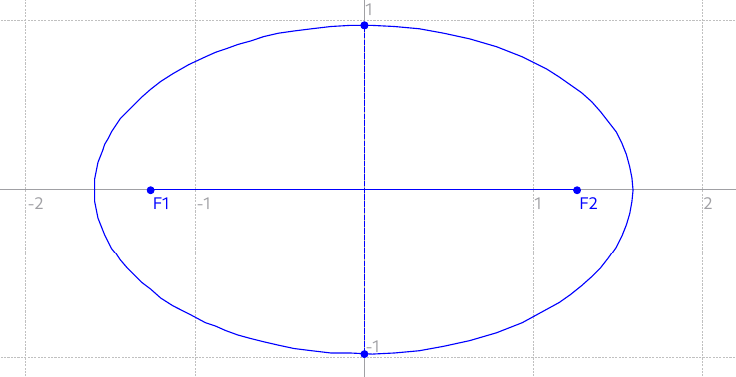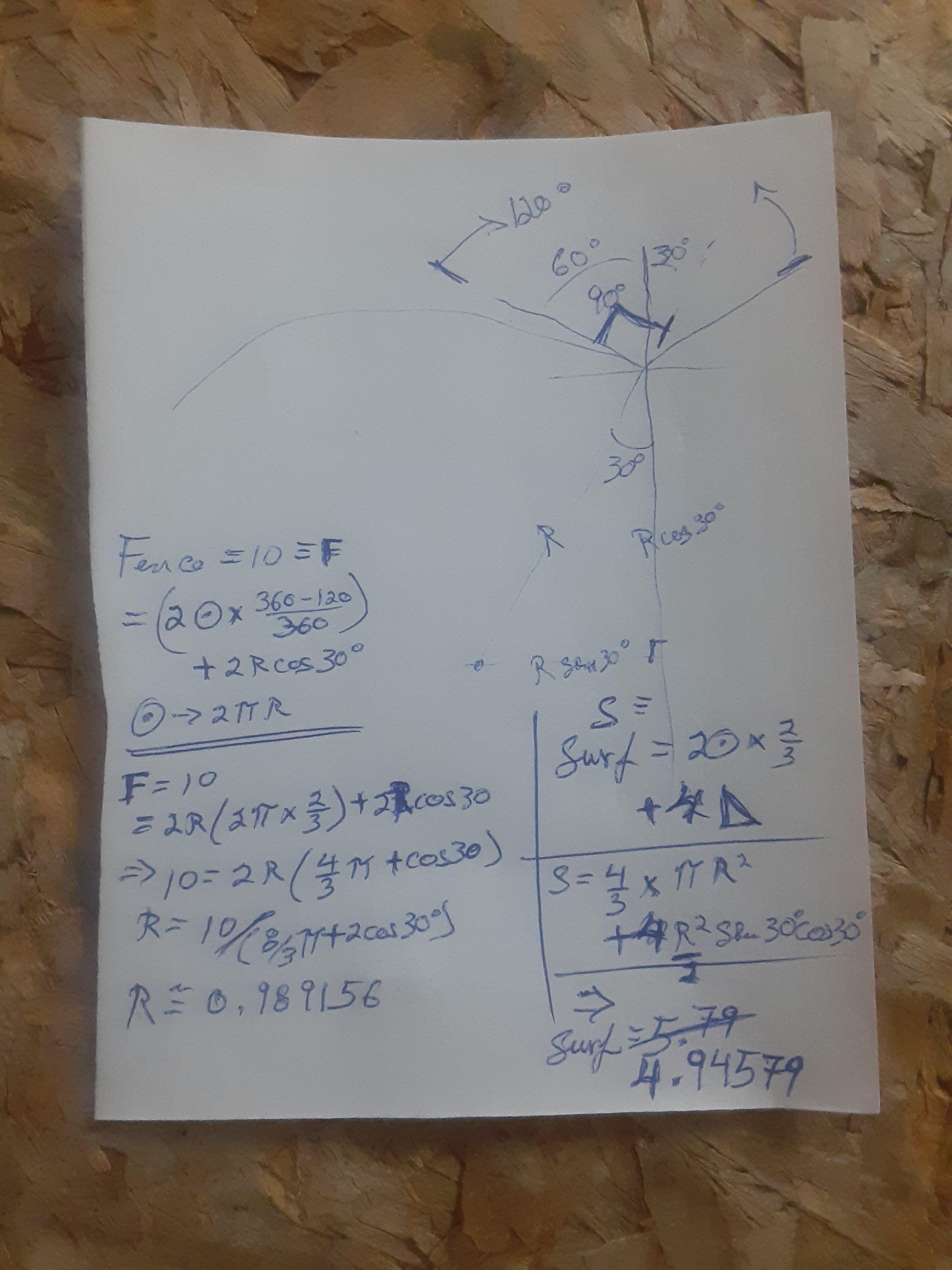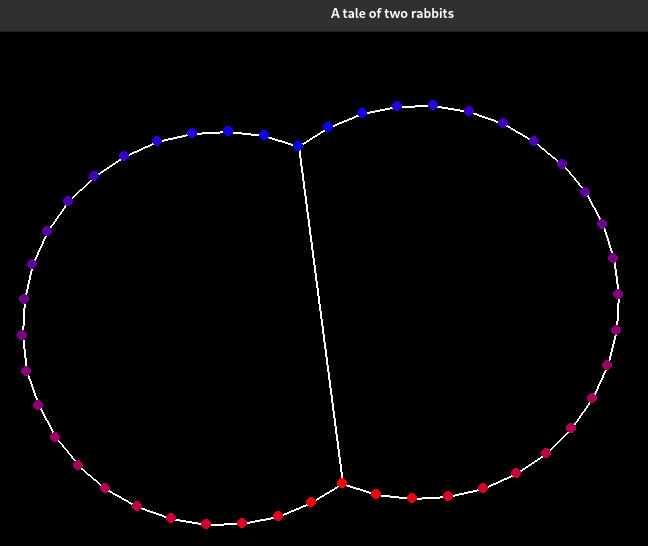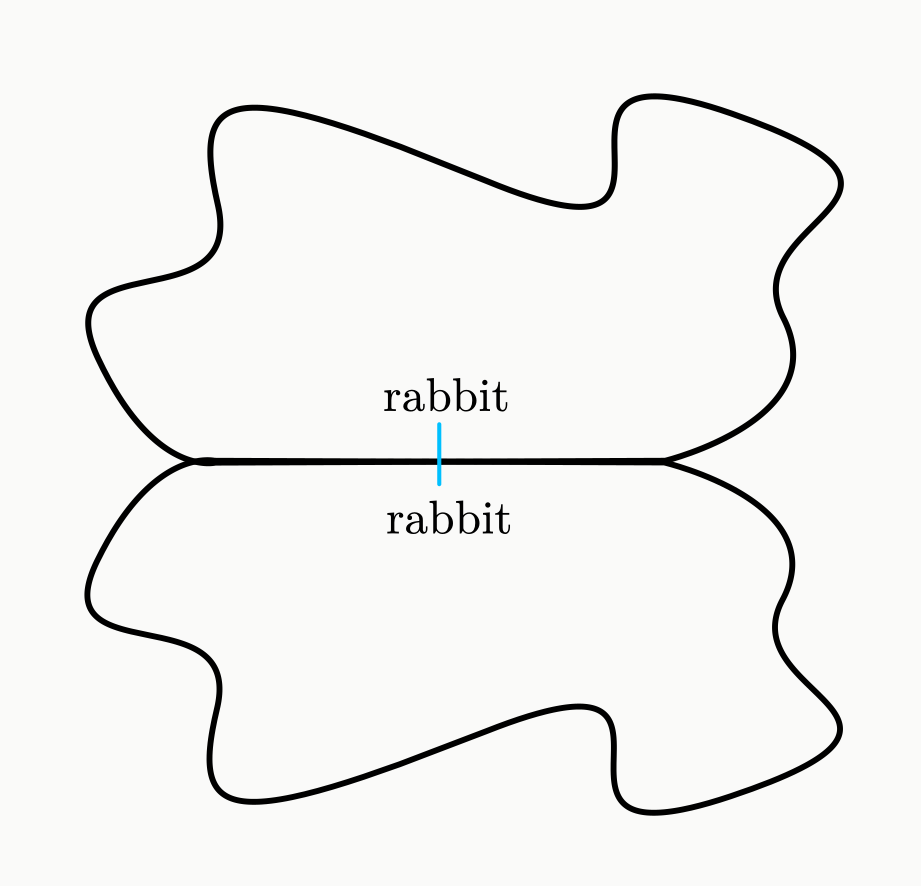Here's another solution, that is suboptimal but might be preferable to the soap bubble solution in practice: an ellipse with long axis 1.592 and short axis 0.972. This should be close to the optimal ellipse (I used Kepler's approximate P=pi * (a+b) formula for the perimeter). It gives an area of 4.861 which is close enough to the current optimum, and looks like this:





